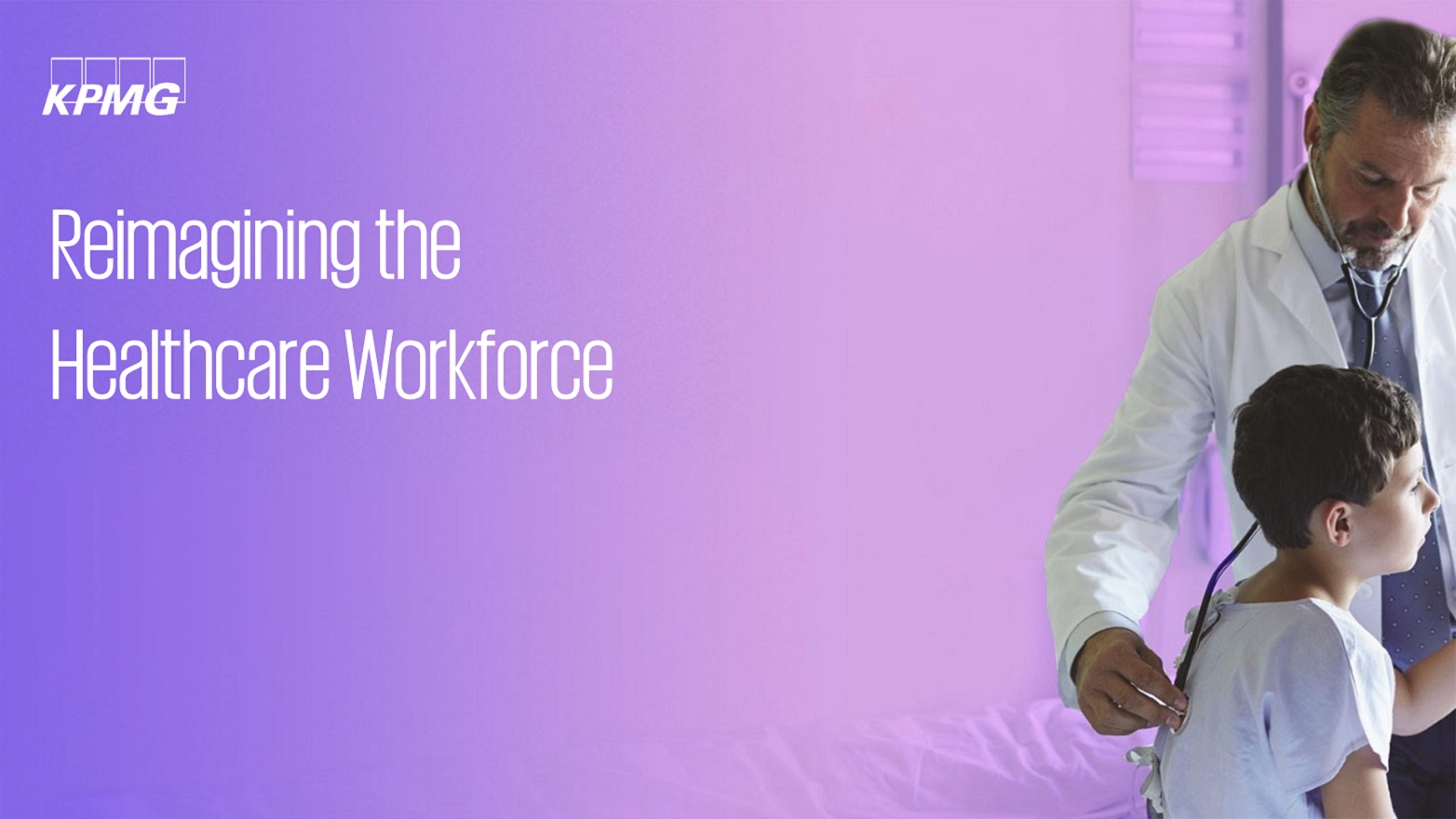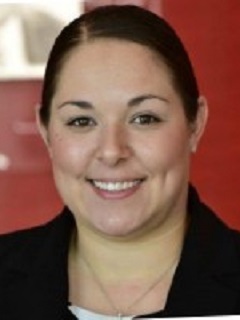Video transcript
Jamie Sanchez-Anderson:
(00:01) Hi, I am Jamie Sanchez Anderson, a managing director and registered nurse in our healthcare practice. I have worked with many organizations across the country to develop strategies to plan and manage their workforce, centralized staffing, and improve how and where patient care is delivered. Healthcare has become accustomed to the staff shortages and lean margins, but the pandemic has intensified these challenges. In 2022, there were over 300,000 nursing shortages nationally, which only expect to grow to over a million by 2030. In a recent survey, 20% of nurses working in direct patient care indicated that they may leave their bedside role within the next year because of stress and workplace burnout. High school students are showing less interest in entering the workforce, this should be a concern and alarming for all of us with the aging population and increased need for caregivers. Coming out of the pandemic while many organizations are focused on hiring and rebuilding their workforce, we need to instead challenge ourselves against the status quo and redesign the entire patient care delivery model to better enable the future of work to truly be transformed for generations to come.
(01:16) Well, we have no immediate answer to solve the nursing shortage, we at KPMG had developed tactics, both short-term and long-term to better forecast staffing needs, increase flexibility in workplace deployment and re-skill staff quickly to meet the ever-demanding patient care needs. Currently, we are enhancing organizations advanced scheduling solutions to centralized scheduling, implement self-scheduling, so that ultimately we can increase flexibility and improve job sharing, so that staff can be empowered and have some say when and where they work.
(01:53) We know we have to do things differently; we have developed a robust digital strategy leveraging automation, patient wearables, and remote telehealth capabilities to expand services and reduce the responsibilities on our direct caregivers. This has resulted in increased employee satisfaction and reduced cost. There is a huge administrative burden on managers and clinical staff and healthcare, as leaders, we need to focus on leveraging technology to improve workflows and processes so more focus can be placed back on caring for patients. I encourage you to focus on how we can better understand, support, and empower the workforce of tomorrow, not only to retain staff, but also to encourage the next generation to enter it.



